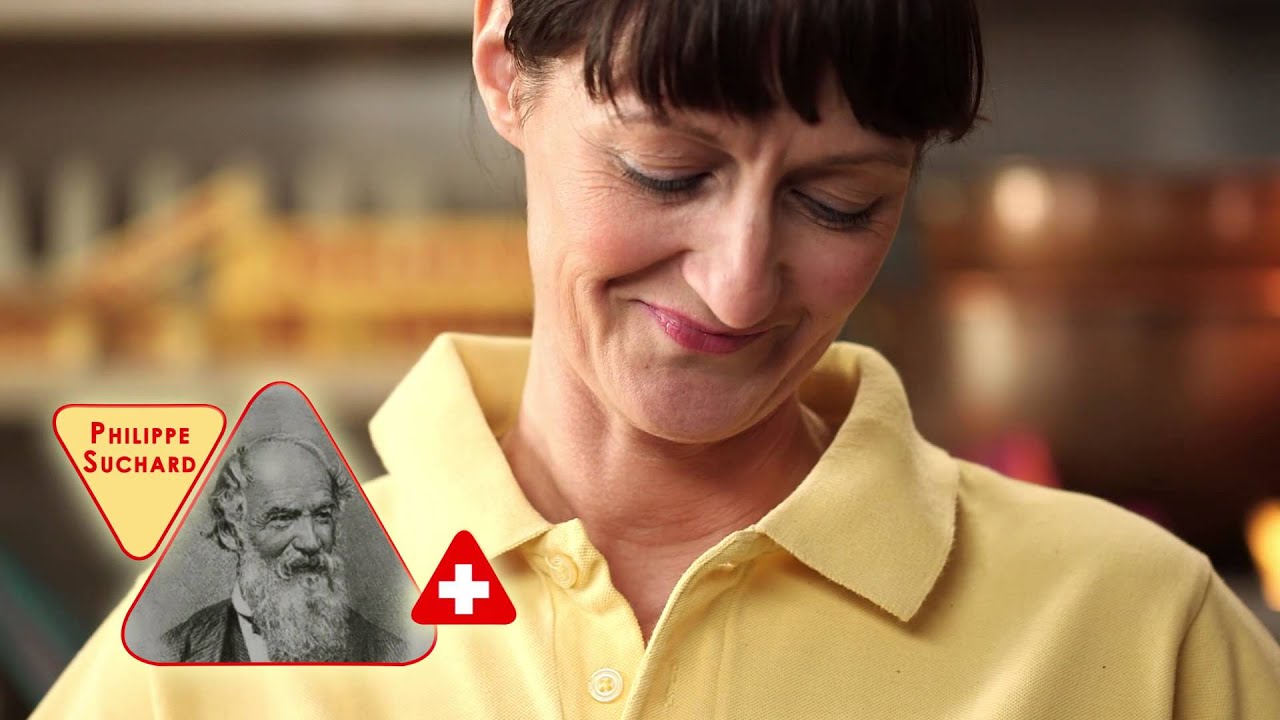Toblerone: A Peak into Swiss Chocolate Delight
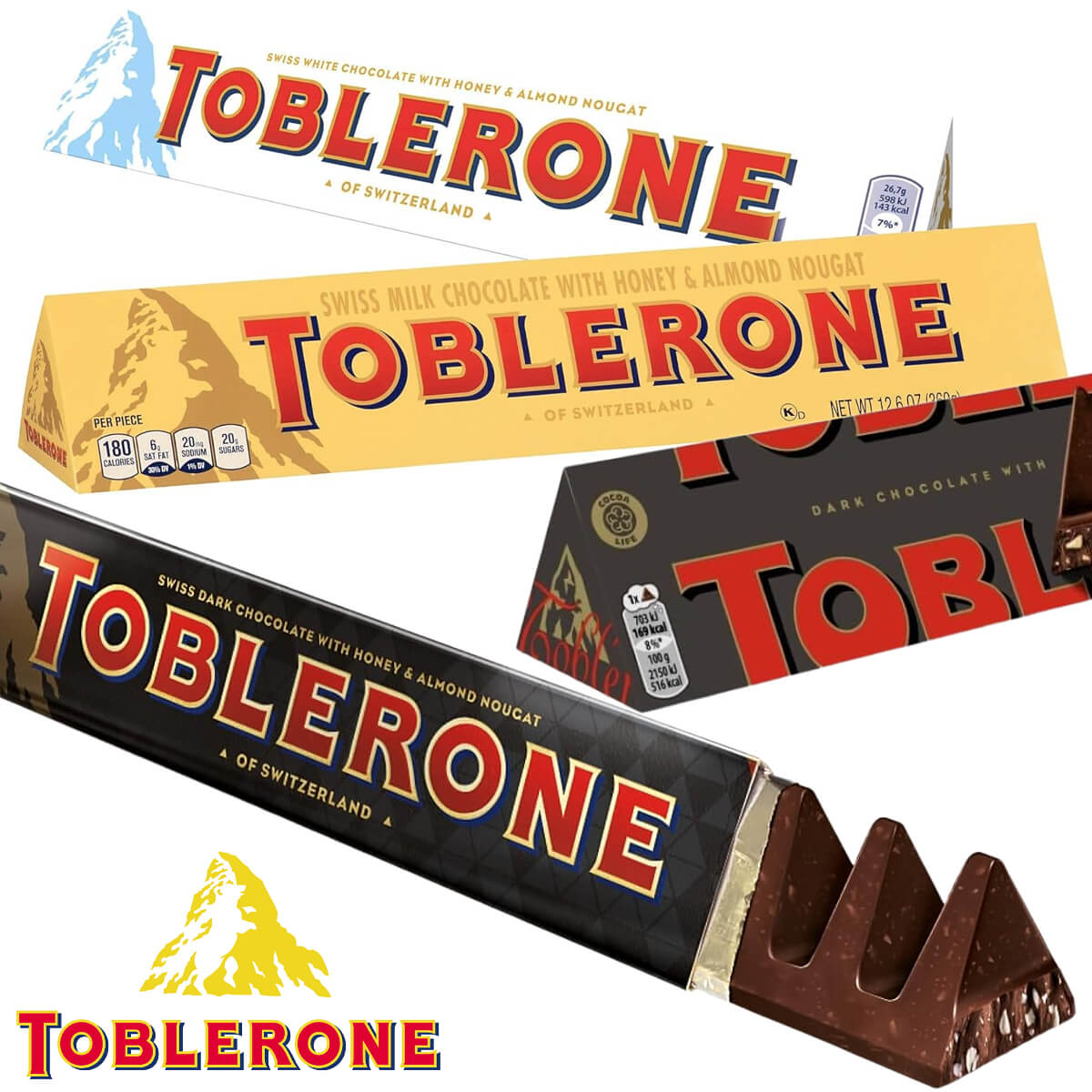
Its distinctive triangular peaks, honeyed nougat centre, and smooth milk chocolate have tantalized taste buds for over a century, making Toblerone chocolate a true icon of Swiss confectionery. But what lies beyond the iconic packaging and melt-in-your-mouth texture?
Toblerone's cultural footprint extends far beyond supermarket shelves. Its distinctive shape has inspired artistic interpretations, architectural references, and even conspiracy theories (Einstein, anyone?)
Let's embark on a delicious journey into the history, flavours, and cultural significance of Toblerone.
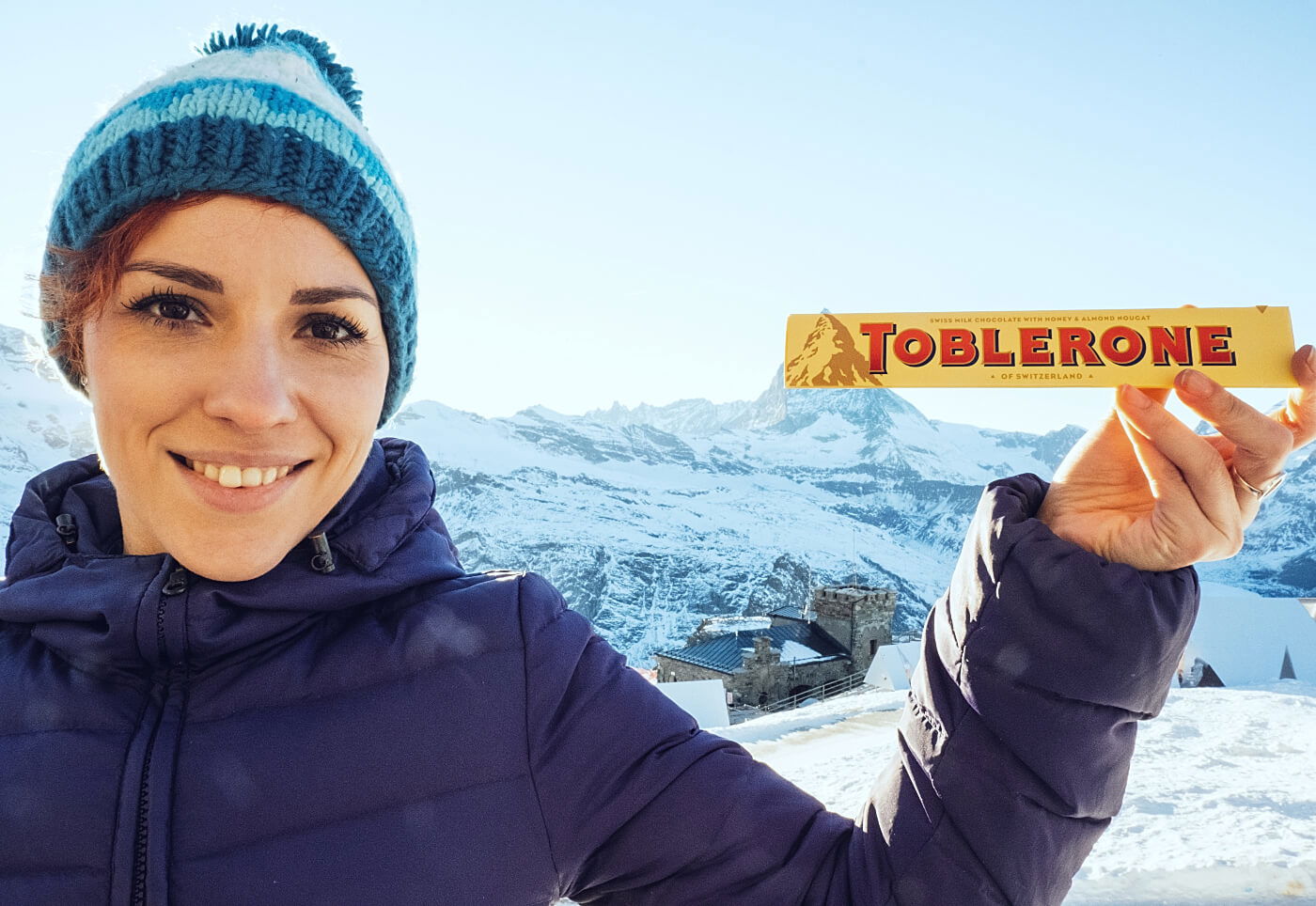
History
The Tobler chocolate factory in Bern was founded in 1899 by Emil Baumann & Theodor Tobler.
The Toblerone story begins in 1908, not in a bustling factory, but amongst the breathtaking peaks of the Swiss Alps. Theodor Tobler, a chocolatier captivated by the Matterhorn's majesty, sought to capture its essence in a sweet treat. Thus, the triangular form of the bar was born, each segment mimicking the iconic mountain's jagged slopes.
However, according to Tobler's sons, the shape may have been inspired by the pyramid shape created by the dancers he saw at the Folies Bergère dance hall in Paris, France.
The name? A clever blend of "Tobler" and "Torrone," the Italian word for nougat, the honeyed heart of the chocolate.
While Tobler is responsible for its iconic shape, it was Baumann who created the distinctive recipe.
Disclosure: This page contains affiliate links. As an Amazon associate, I earn from qualifying purchases.
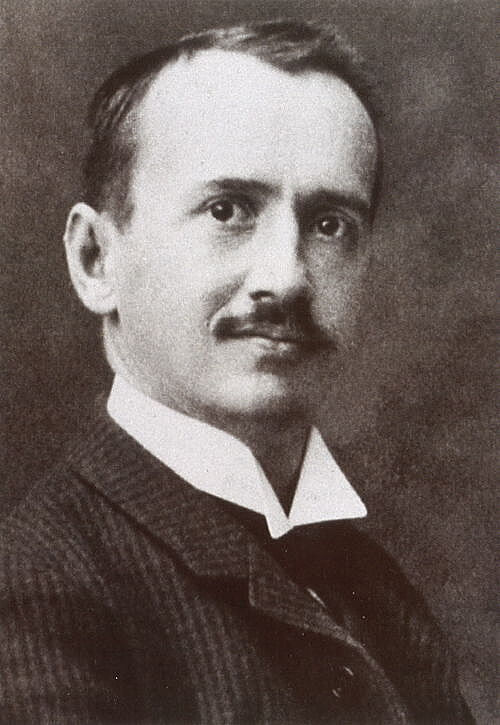
Theodore Tobler (enhanced public domain image free for re-use)
Who Makes Toblerone?
The company was independent from 1899 until 1970, before several mergers and takeovers took place. It merged with Suchard (who made Milka), and then became Jacobs Suchard. In 1990, the company was taken over by Kraft Foods.
Since 2012, the brand has been owned by the U.S. confectionery company Mondelēz International. The chocolate bars were entirely produced in Bern, Switzerland in the Tobler factory, from 1908 until 2023. However, part of the production moved to Slovakia during 2023, as a cost-cutting measure.
Logo
Between 1970 and 2023, a logo which featured the silhouette of an upright bear on the Matterhorn mountain peak was used. Bern's coat of arms features a bear, and the Toblerone logo pays tribute to this. However, with some production moving out of Switzerland into Slovakia, the logo was removed in 2023 due to Swiss law, called The Swissness legislation. The wording "Swiss chocolate" has also been changed to "Established in Switzerland in 1908".
Recipe
Believe it or not, the recipe has not changed since its introduction in 1908, and it also contains no palm oil and is gluten-free. Emil Baumann, (Theodor Tobler's cousin), created the recipe.
Toblerone's appeal lies in its masterful marriage of textures and tastes. The smooth, creamy milk chocolate envelops a honeycomb-like nougat, studded with crunchy almonds. Each bite releases a symphony of sweetness, with the honey and almonds adding depth and intrigue to the rich chocolate. Yet, it's the unique texture of the nougat that truly sets Toblerone apart. Light and airy, it melts on the tongue, creating a delightful contrast to the smooth chocolate.
Ingredients
Here is a list of ingredients in a Toblerone; Sugar, Whole Milk Powder, Cocoa Butter, Cocoa Mass, Honey (3%), Milk Fat, Almonds (1.6%), Emulsifier (Soya Lecithins), Egg White, Flavouring, Milk Chocolate contains: Cocoa Solids: 28% minimum, Milk Solids: 14% minimum.
Please note that this list is subject to change. Always read the packaging before consuming.
Did Einstein patent Toblerone?
While it's true that Einstein was working at the Swiss patent office when the makers of Toblerone applied for a patent in 1909, he did not issue the patent and had no direct involvement with the chocolate brand.
How Many Triangles in a Toblerone Bar?
It's a question that has been asked by countless generations. How many triangles are in a Toblerone bar? There are 11 triangles in a 360g bar, and each one weighs 37.2g.
Vanishing Peaks and Bigger Gaps!
UK Toblerone bars went on a diet in 2016, losing two peaks and 10% of their weight, with bigger gaps replacing the beloved triangles. It had the same wrapper and same price, but leaving a very different experience for chocolate lovers. The verdict? Not sweet!
American takeovers are always controversial, with these companies often prioritising profits over quality. However, with sales nose-diving, a red-faced Mondelēz International was forced into reintroducing the two triangles in 2018. The 170g bar was replaced by a 200g bar. Thankfully, they have never meddled with the recipe.
Adverts
A delightful TV advert for Toblerone aired in the UK during 1978, and features an animation of a couple with a net chasing after a Toblerone. I still remember the song's lyrics to this day, "made from triangular almonds from triangular trees and triangular honey from triangular bees". The couple finally get their hands on the chocolate bar by visiting a confectioner.
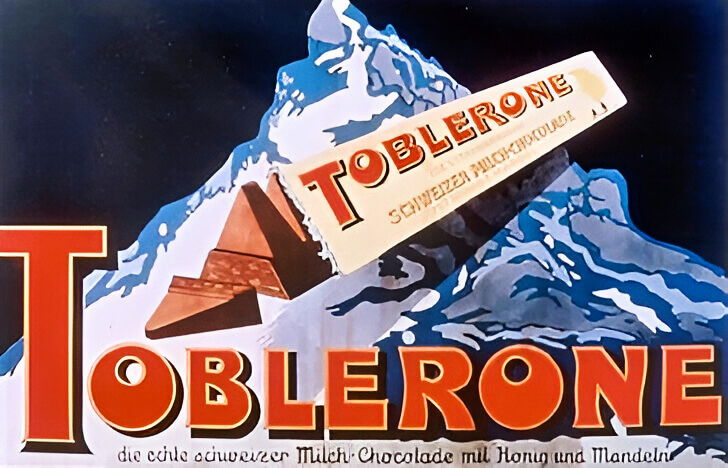
This advert is from the 1920s
Toblerone Today
Today, Toblerone remains a cherished treat, enjoyed by generations across the globe.
It comes in many varieties, including truffles, personalised bars, Orange Twist, White, Dark and, of course, the classic Milk.
Whether savoured for a quick sugar rush or shared on special occasions, it continues to evoke a sense of adventure and delight. In every bite, there's a whisper of the snowy Alps, a testament to Theodor Tobler's imaginative spirit and the enduring power of Swiss chocolate.

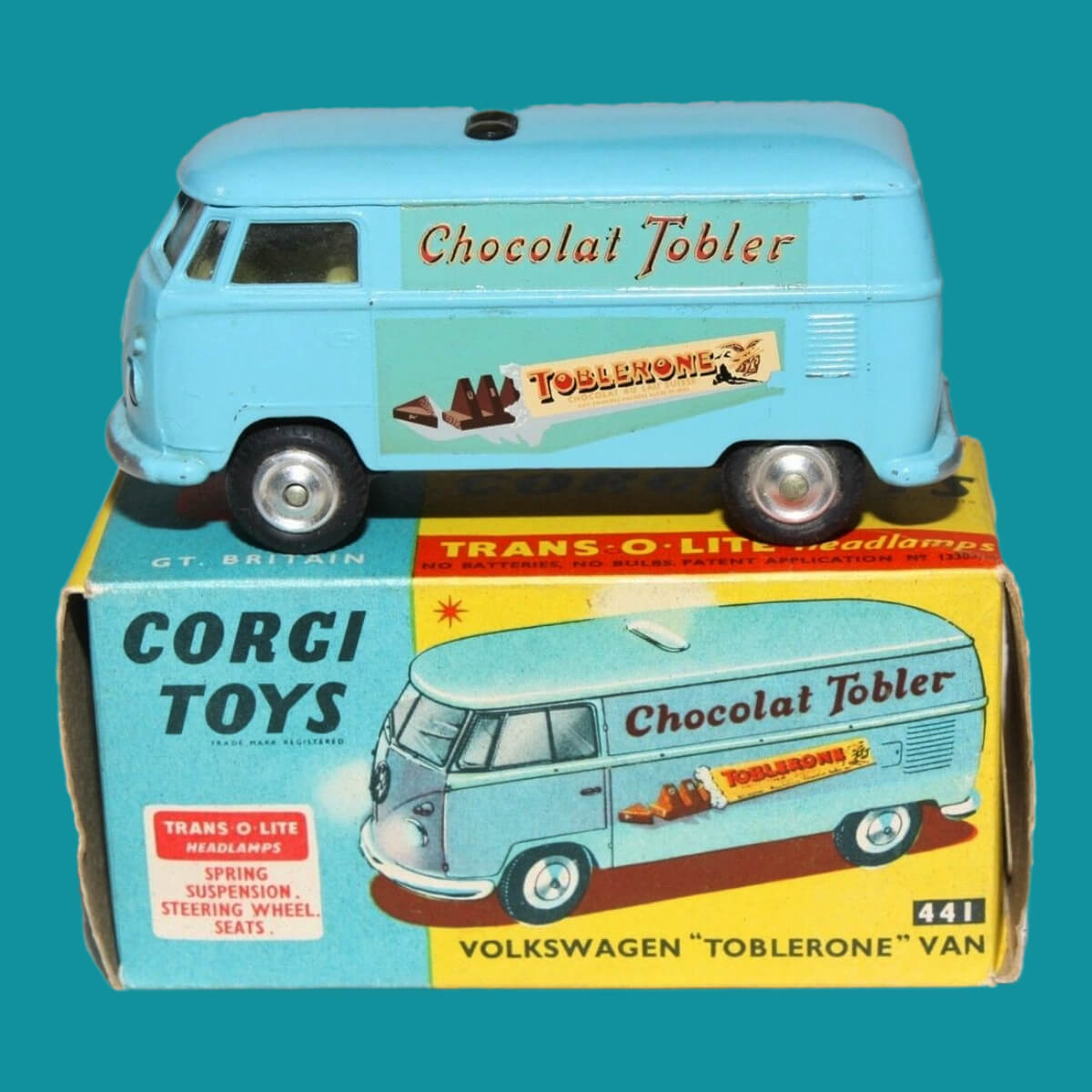
This Corgi Toys Volkswagen Toblerone Van (Type II) was manufactured between 1963 and 1966
You may also like our post Aerolicious? Unusual Aero Flavours You May Never Have Tried
